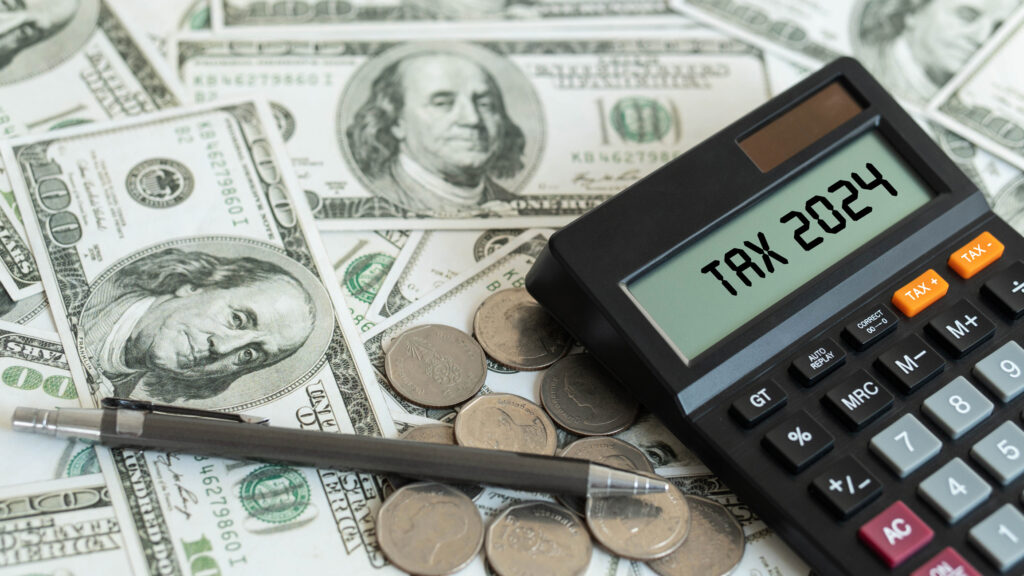The federal government has added a net 271 new subsidy programs since 2000, the largest increase since the 1960s.
There are 1,696 subsidy programs in the federal budget, dispensing hundreds of billions of dollars annually to state governments, businesses, nonprofit groups, and individuals. The number of subsidy programs is rising rapidly, with a 44 percent increase since 1990.
Feds Control More Activities
Federal spending, exclusive of interest payments, has grown 47 percent since 2001–a huge increase that has been widely critiqued. A related but unexamined trend is the growth in the number of federal programs. In recent years, the scope of federal control over society has widened as politicians of both parties have favored nationalizing many formerly state, local, and private activities.
To measure the increase in the government’s scope, I examined current and prior editions of the Catalog of Federal Domestic Assistance. The 2,437-page CFDA provides an official listing of all federal aid (or subsidy) programs, including grants, loans, insurance, scholarships, and other types of cash and non-cash benefits.

Figure 1 shows the number of programs listed in the CFDA since 1970. Note most of the programs that existed in 1970 were added during the 1960s. The number of programs increased during the late 1970s but was cut in the early 1980s under President Ronald Reagan, who tried to eliminate programs or consolidate them into block grants.
Surged in Early ’90s
The number of subsidy programs increased rapidly during the early 1990s, was fairly stable during the late 1990s, but then soared again in recent years. A net 271 new programs have been added since 2000, which is the largest increase in programs since the 1960s.
The CFDA does not provide a perfect measure of the number of subsidy programs. The program count may be affected by factors such as changing judgments about what constitutes a distinct “program.”
However, data from other sources confirm the general trends evident in Figure 1, including the large program increase since 1990.
Farm Subsidies Skyrocket
The number of federal subsidy programs has grown by 520, or 44 percent, since 1990. Table 1 shows the largest recent increases have been in the Departments of Agriculture, Health and Human Services, Homeland Security, Interior, and Justice.

The number of farm programs has soared, partly due to the bloated 2002 farm bill. Many Homeland Security programs have been added since 9/11. That may have made political sense, but it hasn’t made much economic or security sense.
The number of programs has been reduced in two areas: energy and education. Interestingly, at the same time there has been a large increase in the number of subsidies or “incentives” in the tax code in those two areas.
For example, the number of energy incentives in the income tax code increased from nine in 1990 to 26 by 2006.
Also, spending on those energy and education programs has increased substantially despite the static number of programs. Department of Education outlays have tripled since 1990.
The data in Table 1 provide a rough guide to which government agencies are most in violation of federalism–the constitutional principle that the federal government ought not to encroach on what are properly state, local, and private activities. As time has passed, more farm crops are receiving federal subsidies, more local police services are being paid for with federal grants, and more cradle-to-grave health services are being created by Congress.
Subsidies Spawn Interest Groups
Table 2 provides a sampling of 10 new programs added to the CFDA in the past year. The programs are relatively modest in size but are illustrative of the broad advance of the welfare state under the most recent Congress and Bush administration.

Each new subsidy program comes with complex rules regarding eligibility, funding formulas, reporting requirements, auditing, and other types of paperwork. And each new program spawns interest groups that favor program expansion and politicians who battle to keep the subsidies flowing.
Most proposals for federal budget reform focus on cutting the growth in overall spending. But reformers also need to focus on eliminating subsidy programs and preventing the creation of new ones–even small programs, because they often become big programs over time.
The CFDA provides hundreds of good targets for policymakers to include in plans to downsize the government and reverse the subsidy explosion of recent years.
Chris Edwards ([email protected]) is director of tax policy studies at the Cato Institute. A version of this report appeared in Cato’s Tax & Budget Bulletin No. 41. Used by permission.
For more information …
“Number of Federal Subsidy Programs Is Soaring,” by Chris Edwards, is available through PolicyBot™, The Heartland Institute’s free online research database. Point your Web browser to http://www.policybot.org and search for document #20332.



